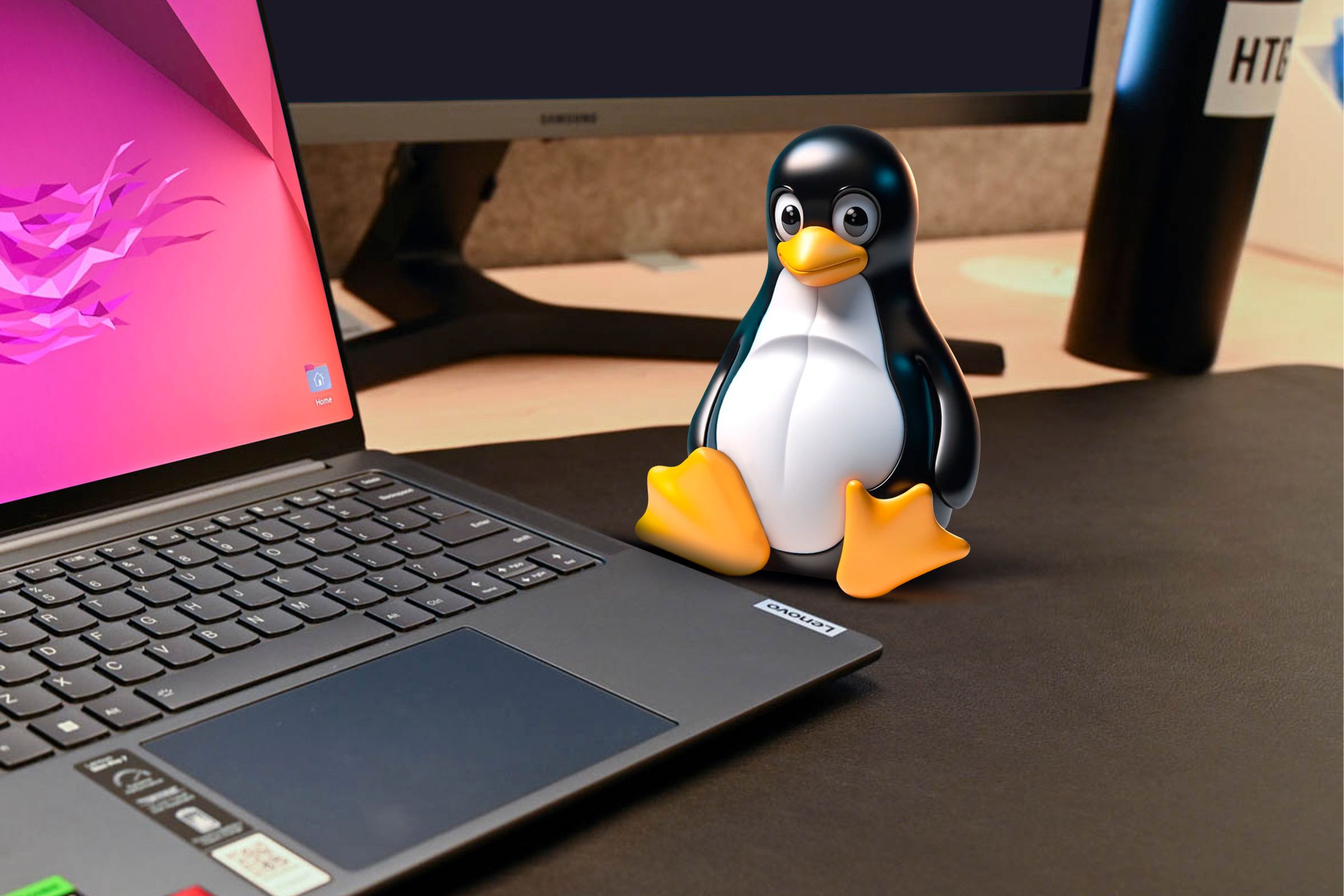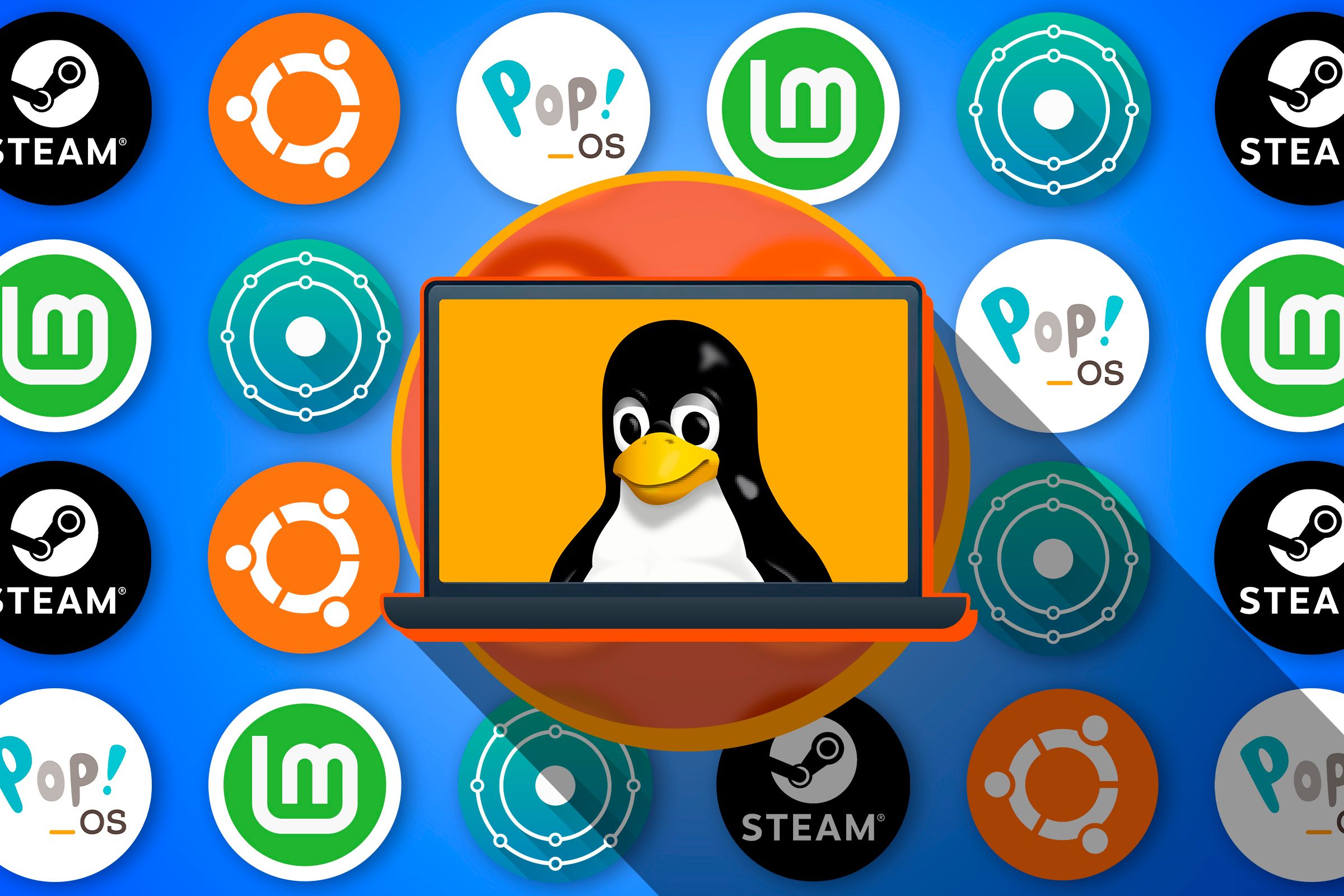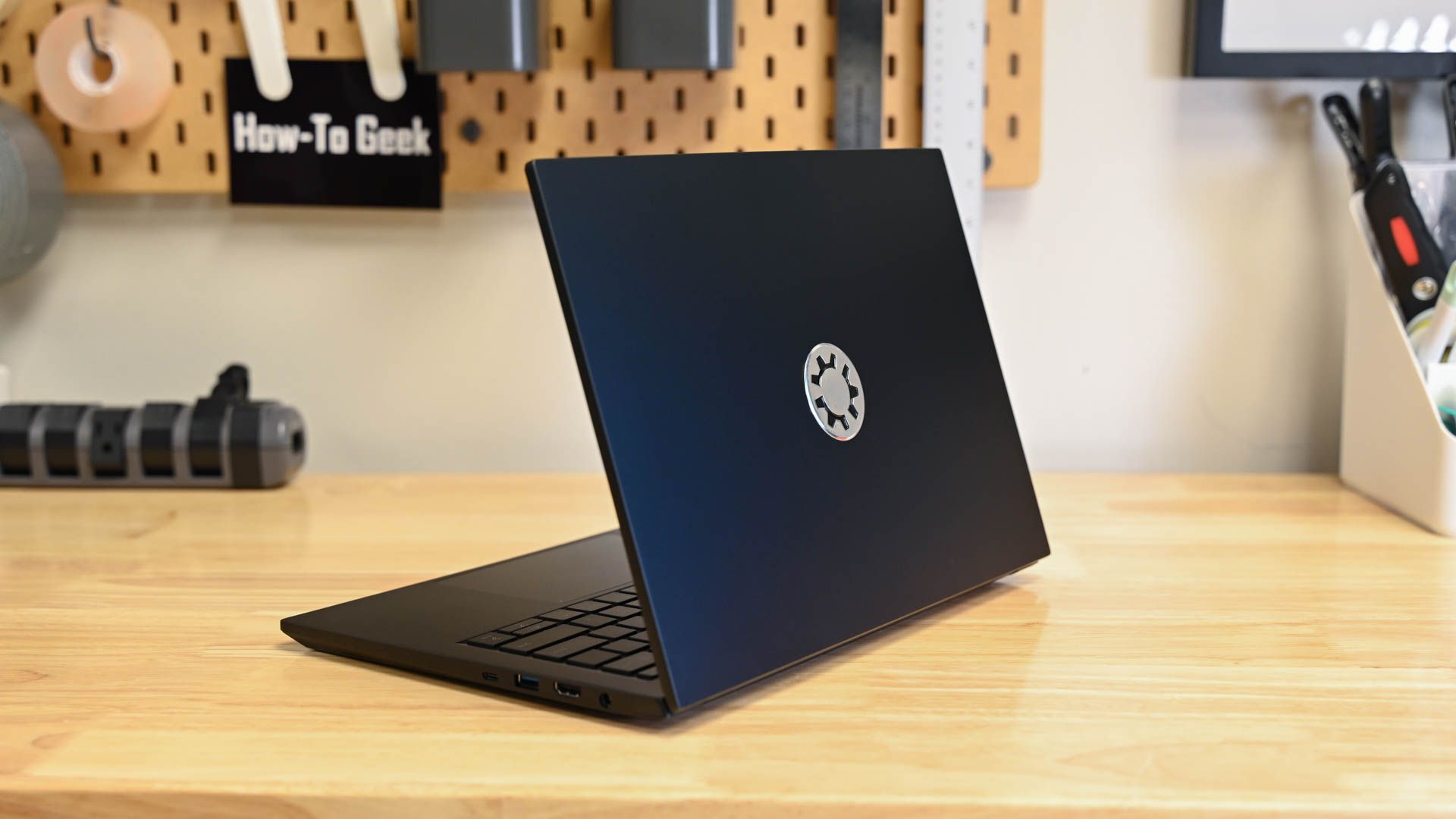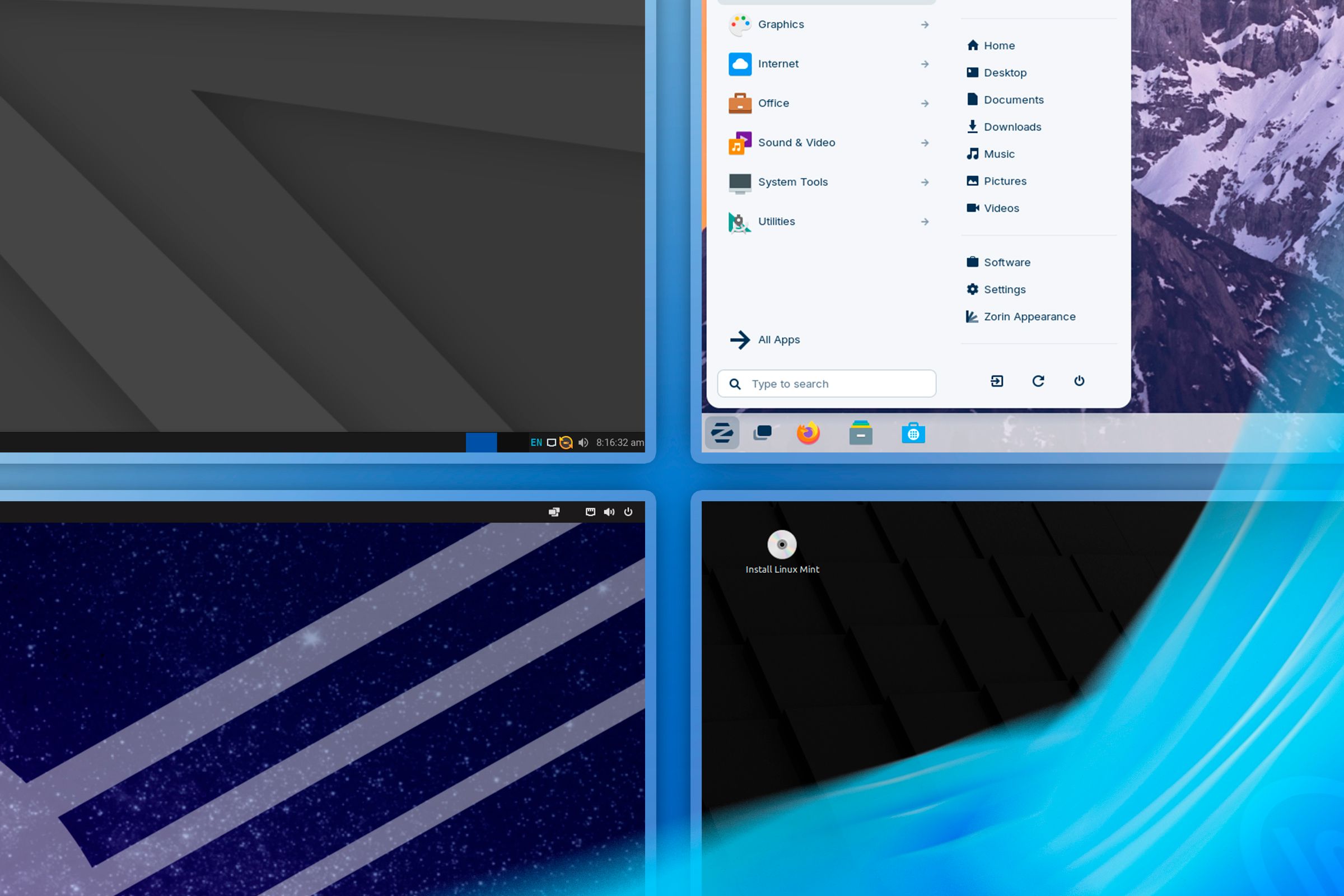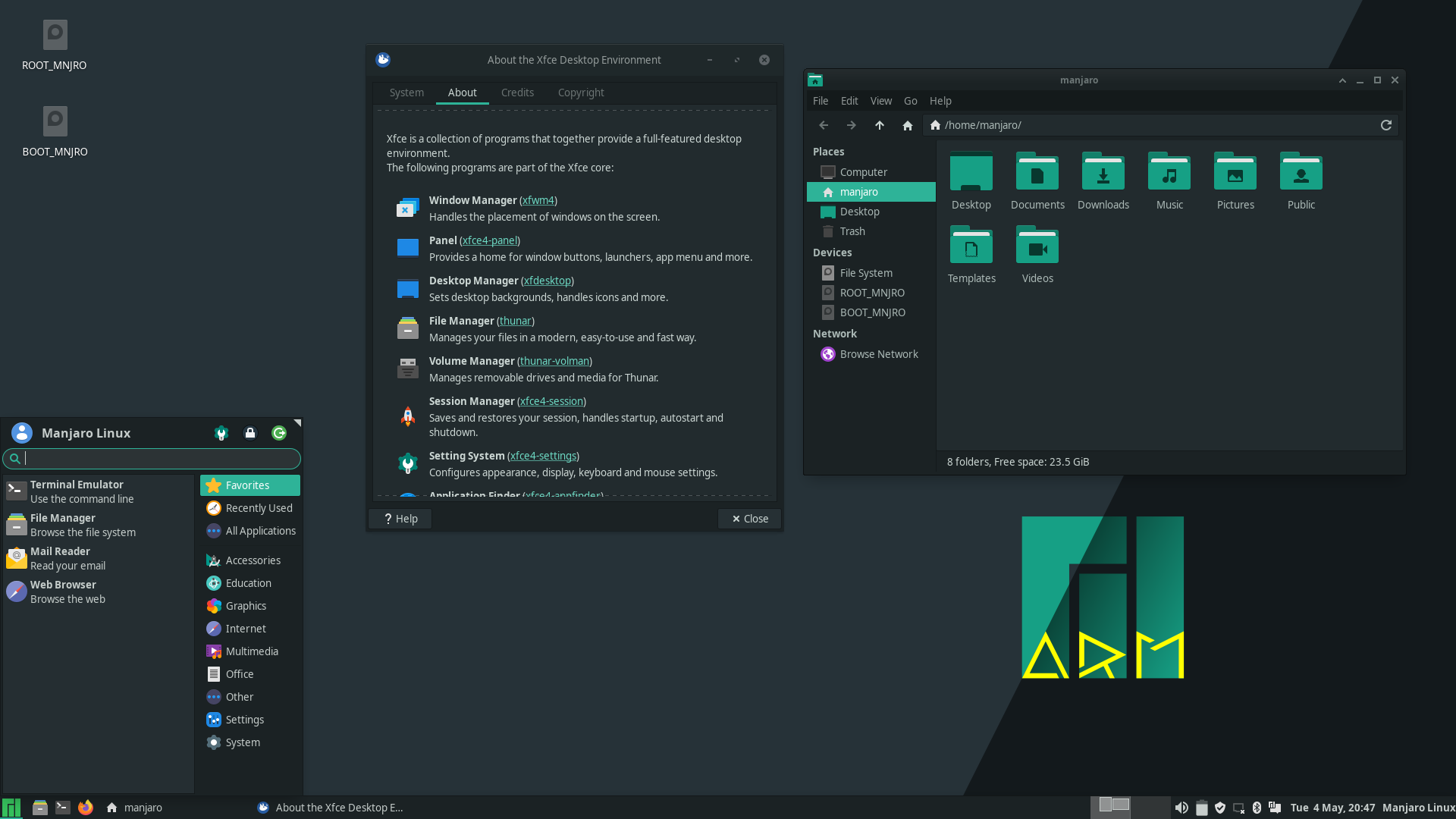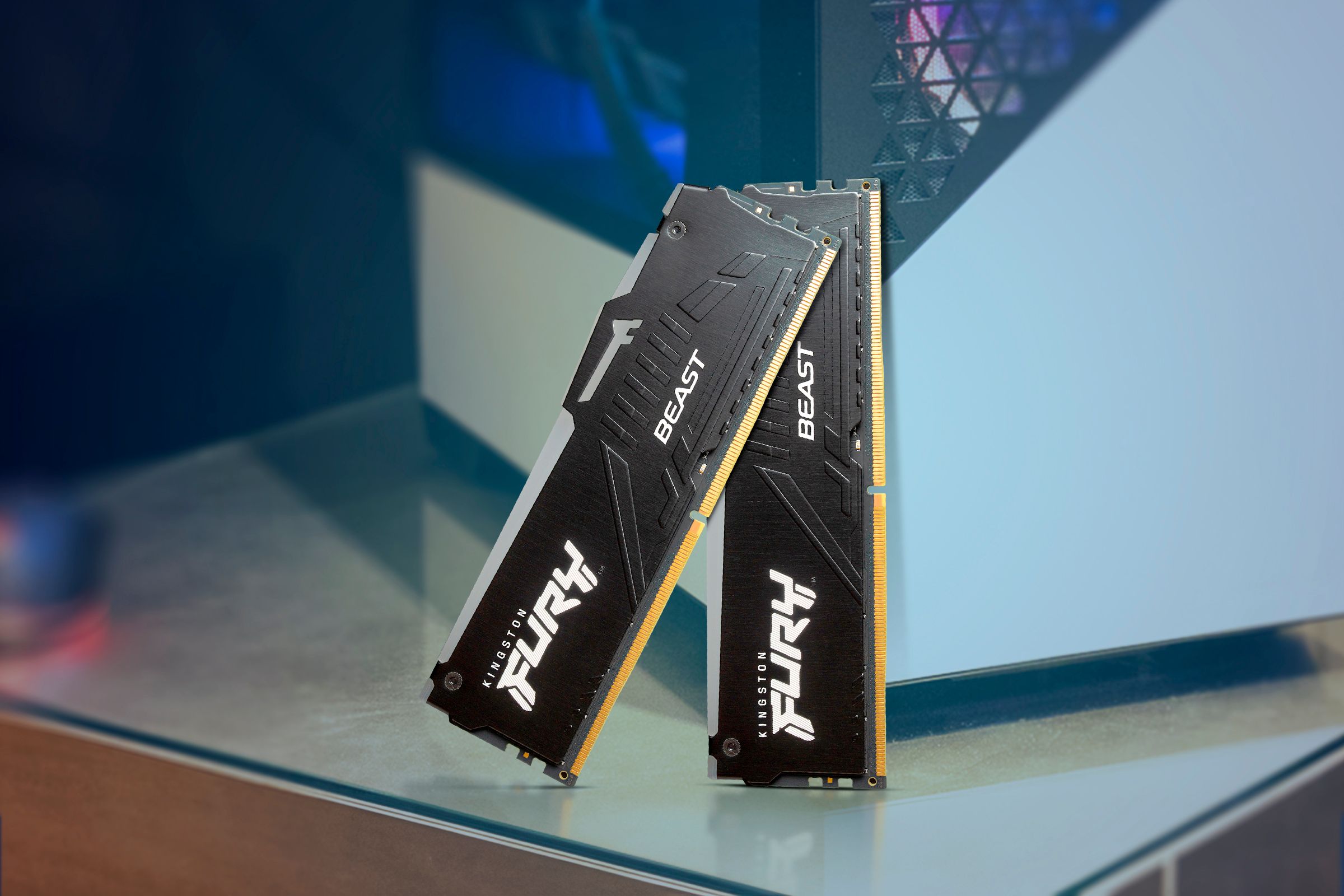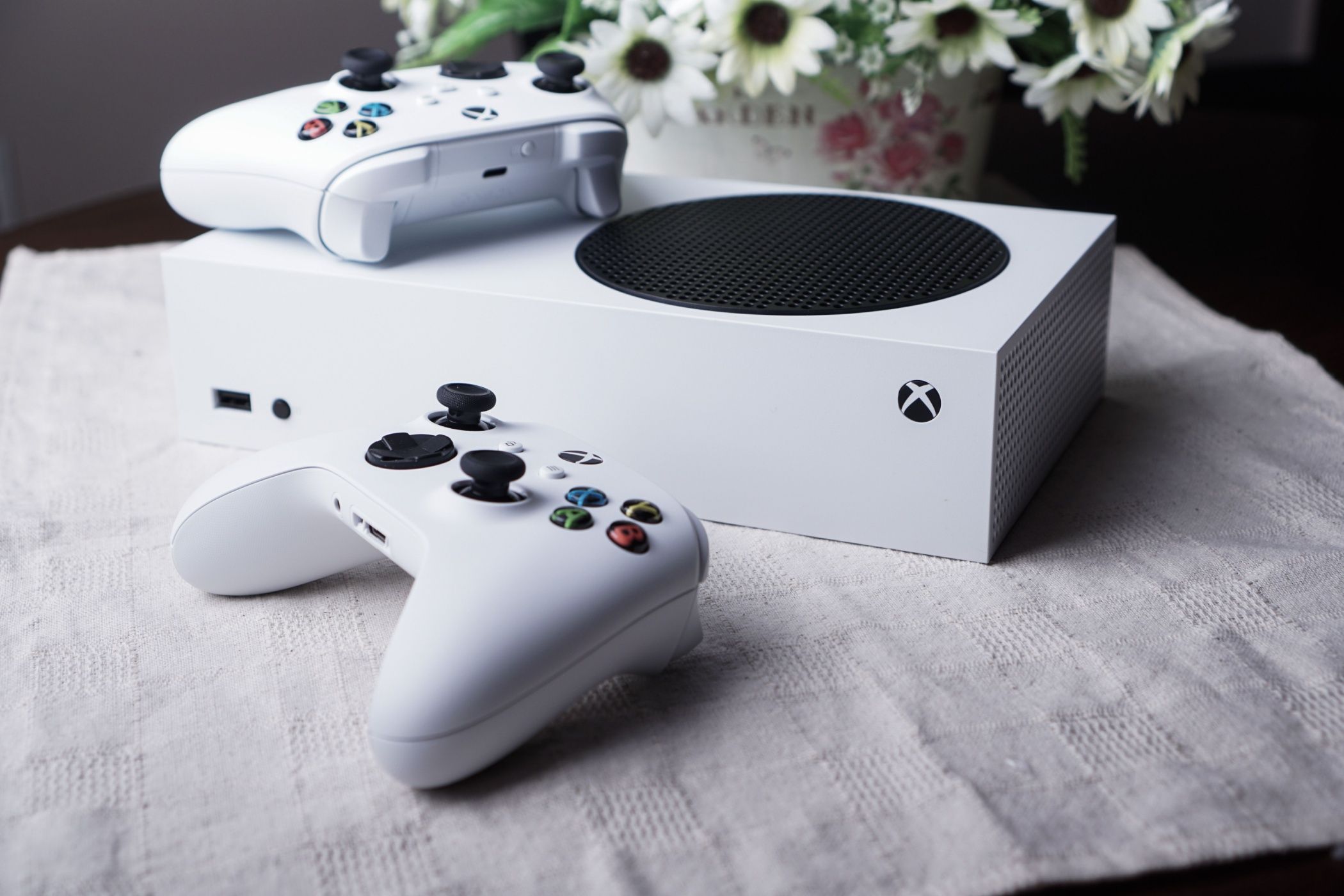Which Linux Distro Is Most Like Windows?
Linux
Linux can’t replace Windows, but it can have the look and feel of Windows. The familiarity can help ease your transition from Windows. In no particular order, here is a selection of distros that replicate that familiar experience.
Linux Can Look and Feel Like (But Never Be) Windows
Linux is driven by a fundamentally different philosophy than Windows. So while you can pick from dozens of user-friendly distros that simplify the Linux experience, it remains entirely separate from Windows. That’s why Linux will never be a Windows clone.
Now, be aware that there are developers out there who have tried to create Linux distros that copy the Windows user interface pixel-for-pixel (including visual assets like icons and animations). Both projects have a shady history, including selling license keys for free software, so we won’t name them here. If you see someone out there making exact replications of Windows, you’re safest staying away.
Zorin OS: Windows of the Linux World
First up is Zorin OS. Designed from the ground up as a Windows and macOS alternative, Zorin is an excellent beginner-friendly distro. It comes with a Windows-like layout, complete with an almost identical start menu, a taskbar, and notification center. You can switch between half a dozen layouts with just one click.
It’s beautiful and stable. Even if you’ve never worked with Linux before, Zorin OS should provide a comfortable experience. It can even run Windows packages (EXE and MSI files) out of the box using the WINE compatibility layer built right into the OS. You get a whole suite of graphics, productivity, and office apps out of the box too. It has a neat tool for connecting with your phone to sync files and notifications. It’s just a fast, polished, and well-supported OS.
You also find Steam and, through a compatibility layer, Epic Games Store easy to install with Zorin OS. It installs NVIDIA, AMD, and Intel graphics drivers on the initial setup, so everything works without additional configuration.
Linux Mint Cinnamon: It Just Works
Arguably one of the most popular distros of all time, Linux Mint is the OS for people moving from Windows. “Most of our users come from Windows and they never look back,” The Mint landing page reads. It’s also the distro I’ve used the most, and I can wholeheartedly recommend it to anyone trying to make the switch.
Cinnamon is the default desktop environment for Linux Mint (it also ships with MATE and XFCE). With Cinnamon, you get a desktop layout similar to Windows: a start menu with app shortcuts, power buttons, and a search box and a taskbar next to a panel with time, date, calendar, and other widgets. It’s all pretty intuitive, and you can get by on muscle memory alone (including many keyboard shortcuts).
Mint with the Cinnamon DE is a lot more customizable than Windows though, so you can make it your own with just a few point-and-clicks. It’s based on Ubuntu, so you never have to worry about stability. You get a whole suite of typical productivity and utility apps out of the box, too. If you want a solid and feature-rich Linux distro that mimics the Windows experience, you can’t go wrong with Linux Mint.
Linux Lite: Lightweight and Fast
Linux Lite calls itself a “gateway operating system.” The developers have designed it with the express purpose of helping Windows converts ease into the Linux experience. Its layout features a Windows-inspired taskbar, a start menu, and an action center. It’s all pretty straightforward and easy to use. It reminds me of early Windows 7 or Vista, and it’s pretty intuitive overall.
By default, Linux Lite uses the XFCE desktop environment. XFCE is super lightweight on resources because it strips down bloat and fancy animations. Out of the box, it ships with Google Chrome, LibreOffice, security center, firewall, VLC player, Timeshift for backups, and a selection of essential utilities. That means from the very first boot-up, Linux Lite is ready for work.
The whole OS is built on an Ubuntu LFS base. So it’s solid and gets the job done. It’ll run great on machines with lower end or older hardware. Linux Lite has over 33 million downloads, and it offers plenty of technical support. You can browse the neat, helpful manual and forums to cover all your troubleshooting needs.
Pop!_OS: Best For Gaming
Gaming is better than ever on Linux and Pop!_OS is the perfect choice for it. Configuring GPU drivers on Linux usually takes some fiddling, but Pop!_OS streamlines that process. It has full support for AMD and NVIDIA drivers right out of the box. You can download versions of Pop!_OS with preinstalled NVIDIA or AMD drivers.
With the seamless out-of-the-box, you can just download Steam from the Pop!_Shop and play any game in the Steam library. It supports Windows games on Steam through a dedicated compatibility layer called Proton (available in the Steam settings menu as “Steam Play”). The Pop!_OS gaming performance is comparable to what you get on Windows. Some games even run better on Pop!_OS.
Beyond gaming, Pop!_OS is also a full-fledged and capable operating system. The default desktop layout isn’t a 1:1 Windows experience, but Pop!_OS is based on Ubuntu. I found it fairly minimalistic and keyboard-oriented. You can always just swap out the default desktop environment with KDE, LXQt, or LXDE for the Windows-like look and feel.
Manjaro Linux: Sleek and Familiar
Every distro on this list so far has an Ubuntu or Debian base. That’s because Debian is very user-friendly. Debian and Ubuntu installers aren’t too different from the typical Windows installer. They are also designed to be more stable. Manjaro Linux is not based on either of those. It’s built on Arch Linux. If you want to use Arch but in a user-friendly manner, Manjaro Linux is for you.
Arch is a rolling release distro, meaning it’s always updated with the latest features. The latest features also tend to be the most buggy, so updates can easily break your system. It’s also a lot harder to install and configure Arch, especially for beginners. But Manjaro OS resolves both those issues.
Manjaro OS comes pre-configured with an easy, beginner-friendly installer. By default, Manjaro sticks to the stable branch of the OS, meaning the devs test the updates before sending them to your device. So despite the rolling release updates, everything runs smoothly.
The Manjaro installer lets you pick from a list of desktop environments. You can choose from Cinnamon, LXDE, LXQt, or XFCE for a Windows-inspired UI.
Even if you can’t get the wholesale Windows experience, picking the right distro can help you feel at home when migrating to Linux. Once you’re done installing, check out some of the best apps Linux has to offer.







